| Blurred Image | Sharpen |


Get the original image: Old-Quebec-49371.jpg
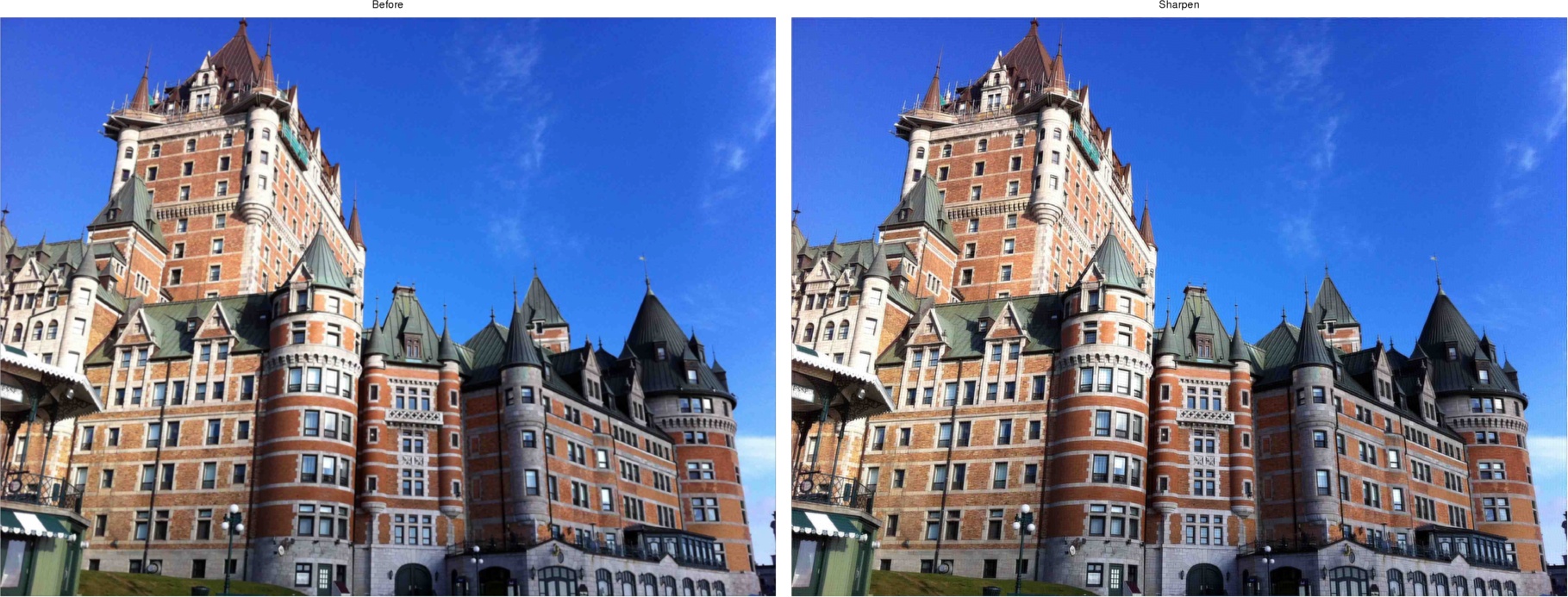
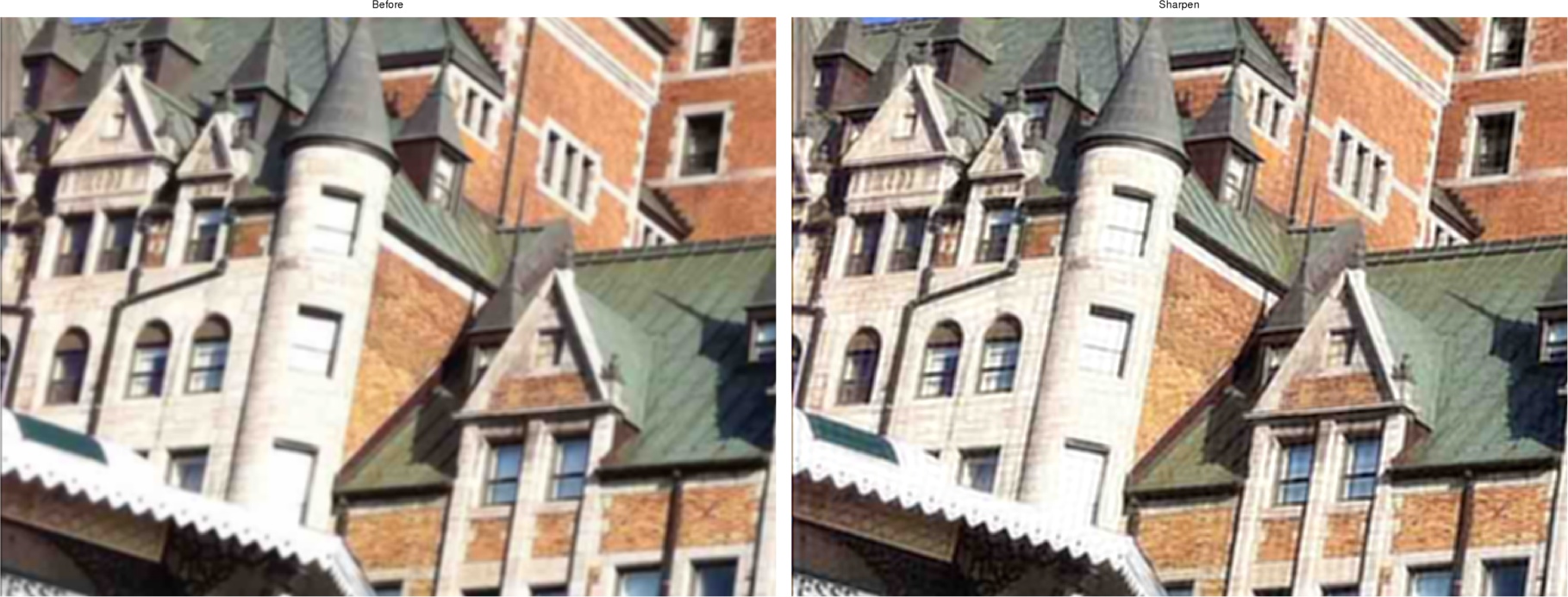
Get the original image: chateau_frontenanc_quebec_city.jpg
For this homework, we will implement different algorithms. These algorithms have image manipulation in the frequency domain as a common thread.
This homework is divided into 4 parts including 'Warmup', 'Hybrid Images', 'Gaussian and Laplacian Stacks' and 'Multiresolution Blending'.
In this part, we will pick two images then sharpen them using the unsharp masking technique shown in class. First we transfer the image into frequency domain, and we generate a mask manipulate the image in frequency domain. We extract the high frequency to capture the edges. Then we double the high frequency to sharpen the image. For the purpose of comparasion, first we blur the original image in spatial domain then we sharpen the image the frequency domain.
| Blurred Image | Sharpen |


Get the original image: Old-Quebec-49371.jpg


Get the original image: chateau_frontenanc_quebec_city.jpg
In this part, we will create hybrid images using the approach described in the SIGGRAPH 2006 paper by Oliva Torralba, and Schyns. Hybrid images combine the high frequency of one image and low frequency of another image, the combined images change in interpretation as a function of the viewing distance. The visual interpretation also changed if you tried to view the hybrid images on a remote computer connect with a low quanlity network, you may only get the low frequency interpretation, since the data are compressed before transfering via the connection.
In order to create a hybrid image we need to filter one image using a low-pass filter and apply a high-pass filter to the other image. Then we can combine the two filtered images to form a hybrid image. The low-pass filter is a standard 2D Gaussian filter. The high-pass filtered image is generated by subtracting the Gaussian-filtered image from the original.
| Image | FFT |
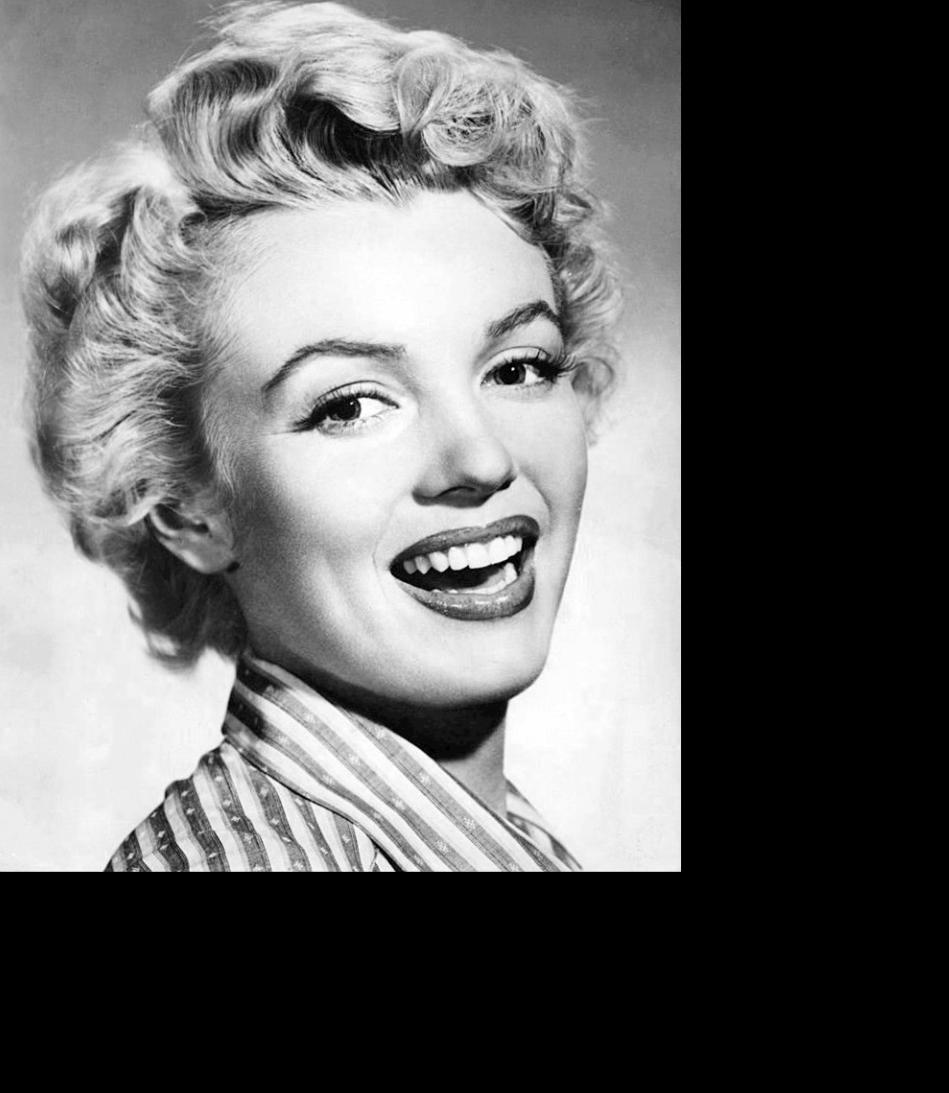
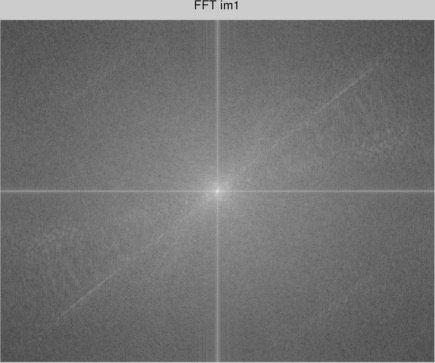 Original image and its FFT
Original image and its FFT

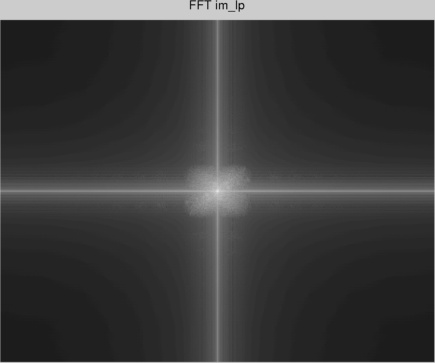 Image after low-pass filter and its FFT
Image after low-pass filter and its FFT

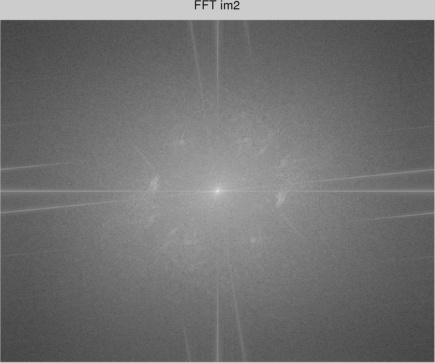 Original image and its FFT
Original image and its FFT

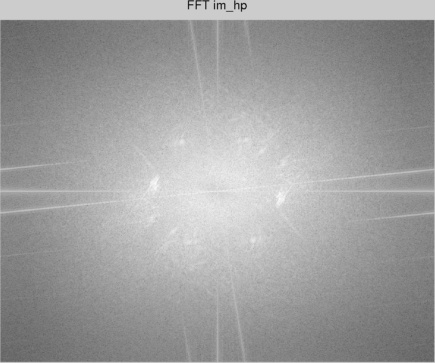 Image after high-pass filter and its FFT
Image after high-pass filter and its FFT
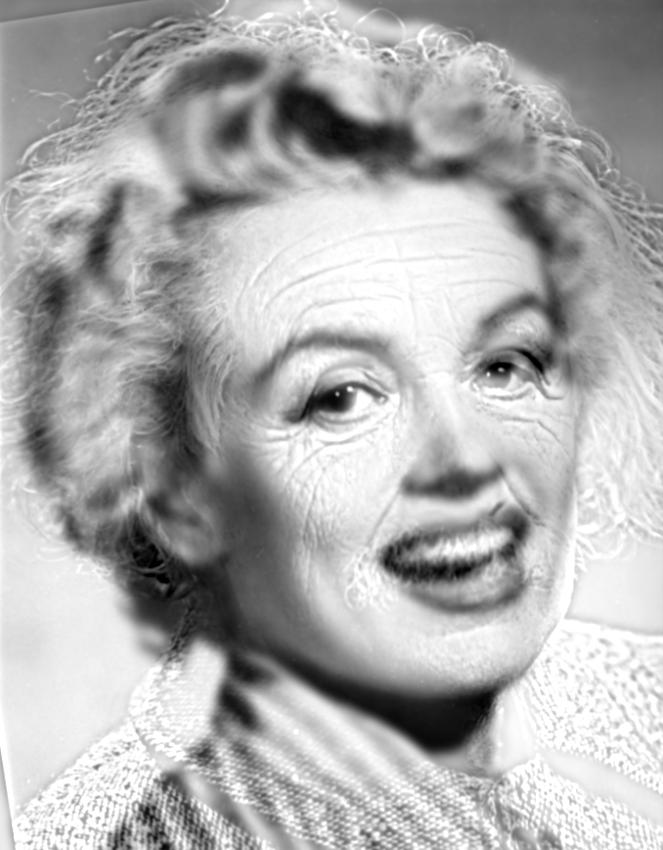
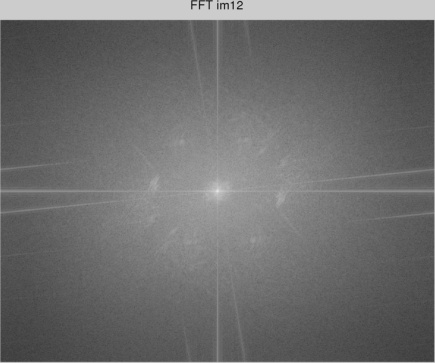 Large Hybrid Image and its FFT
Large Hybrid Image and its FFT

 Small Hybrid Image and its FFT
Small Hybrid Image and its FFT
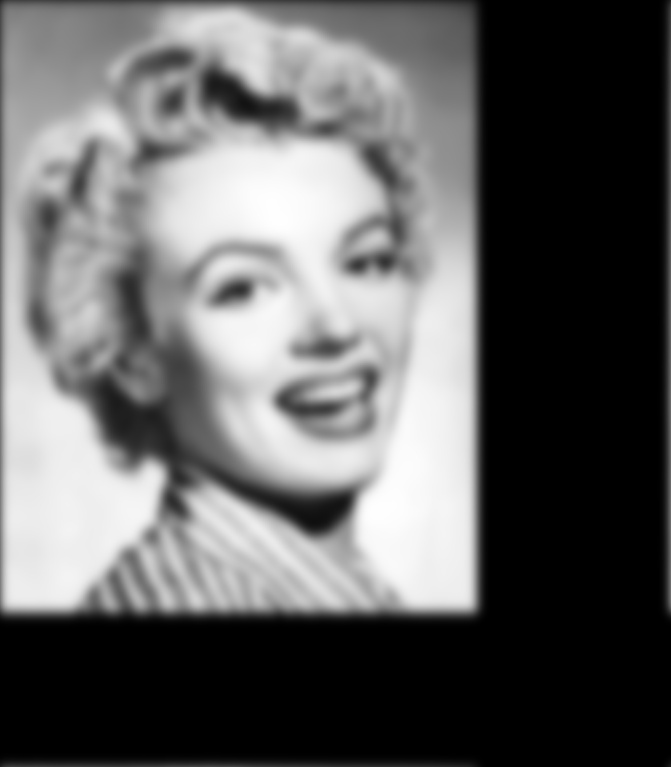
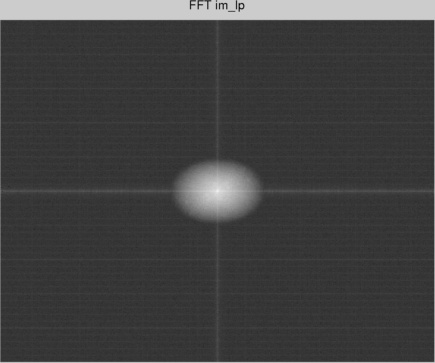 Image after low-pass filter in the frequency domain and its FFT
Image after low-pass filter in the frequency domain and its FFT
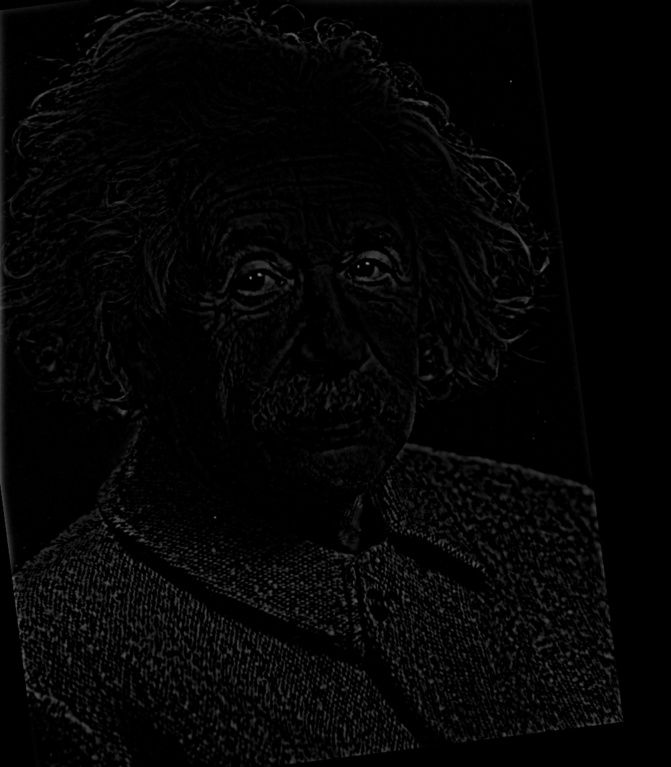
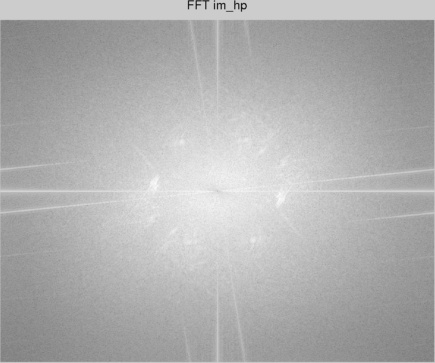 Image after high-pass filter in the frequency domain and its FFT
Image after high-pass filter in the frequency domain and its FFT
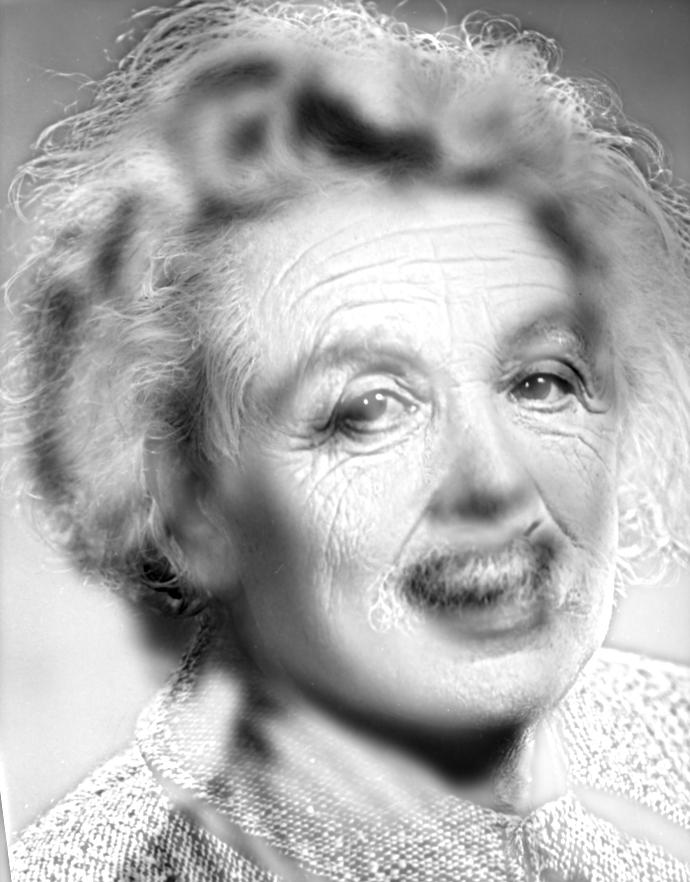
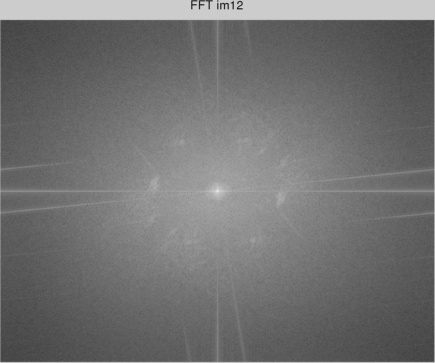 Large Hybrid Image and its FFT
Large Hybrid Image and its FFT

 Small Hybrid Image and its FFT
Small Hybrid Image and its FFT

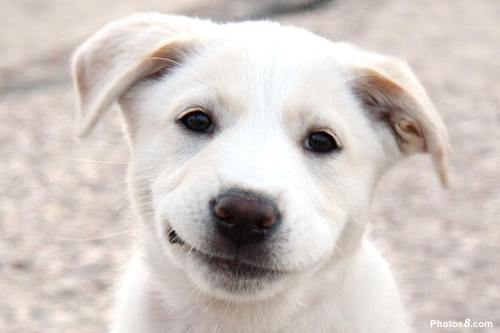 Original color images used to generate the Hybrid Image
Get the Cat, Smiling Dog
Original color images used to generate the Hybrid Image
Get the Cat, Smiling Dog
Hybrid CatDog

 Same Hybrid Image shown in different size, color is used in both high and low frequency.
Same Hybrid Image shown in different size, color is used in both high and low frequency.

 Same Hybrid Image shown in different size, color is only used in high frequency.
Same Hybrid Image shown in different size, color is only used in high frequency.

 Same Hybrid Image shown in different size, color is only used in low frequency.
Same Hybrid Image shown in different size, color is only used in low frequency.
Hybrid MotoCar

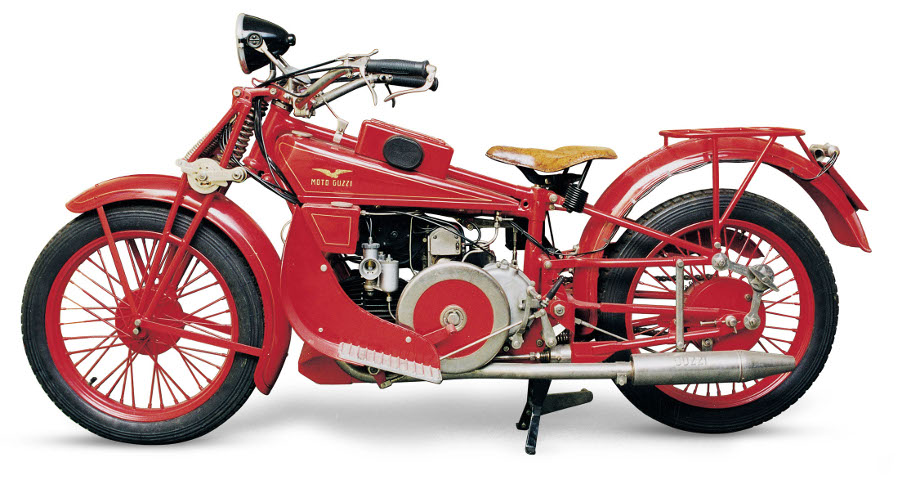 Original color images used to generate the Hybrid Image
Get the Car, Moto
Original color images used to generate the Hybrid Image
Get the Car, Moto
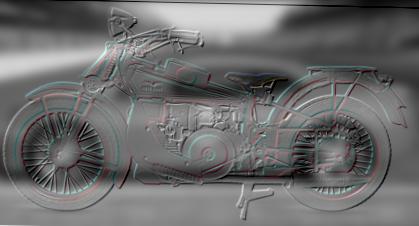
 Same Hybrid Image shown in different sizeColor is used in high frequency to enhance the structure
Same Hybrid Image shown in different sizeColor is used in high frequency to enhance the structure
Hybrid Mouse
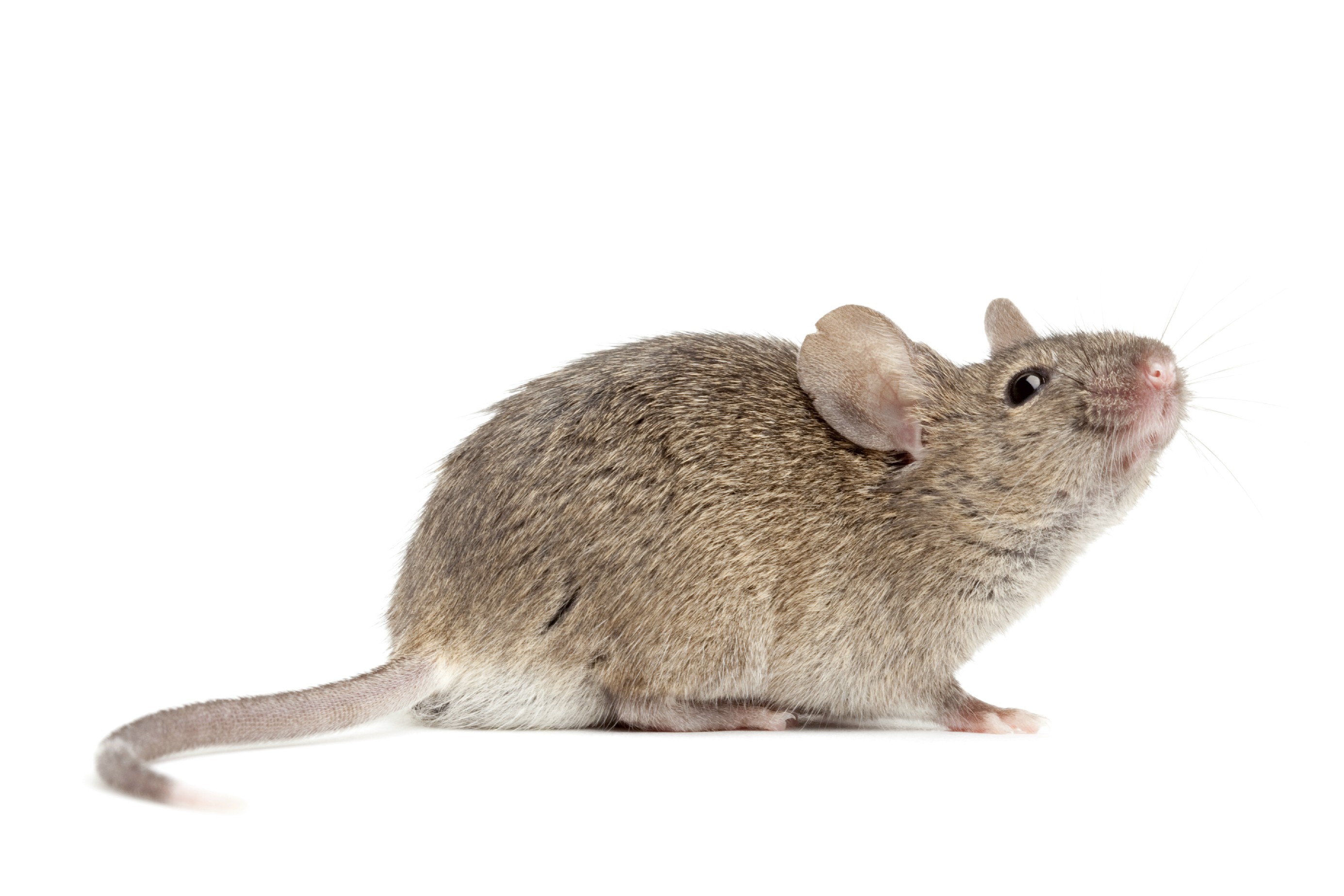 Original color images used to generate the Hybrid Image
Get the Wheel mouse, Animal mouse
Original color images used to generate the Hybrid Image
Get the Wheel mouse, Animal mouse
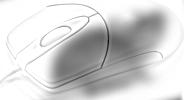
 Same Hybrid Image shown in different sizeThe two parts of this hybrid image are not well aligned. If the two parts have a similar structure/outline the result would be better.
Same Hybrid Image shown in different sizeThe two parts of this hybrid image are not well aligned. If the two parts have a similar structure/outline the result would be better.
Hybrid MonkeyKing
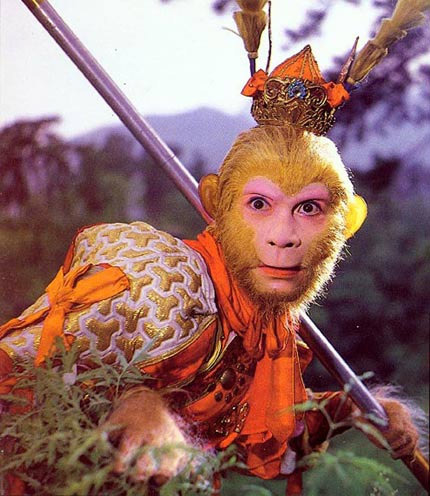
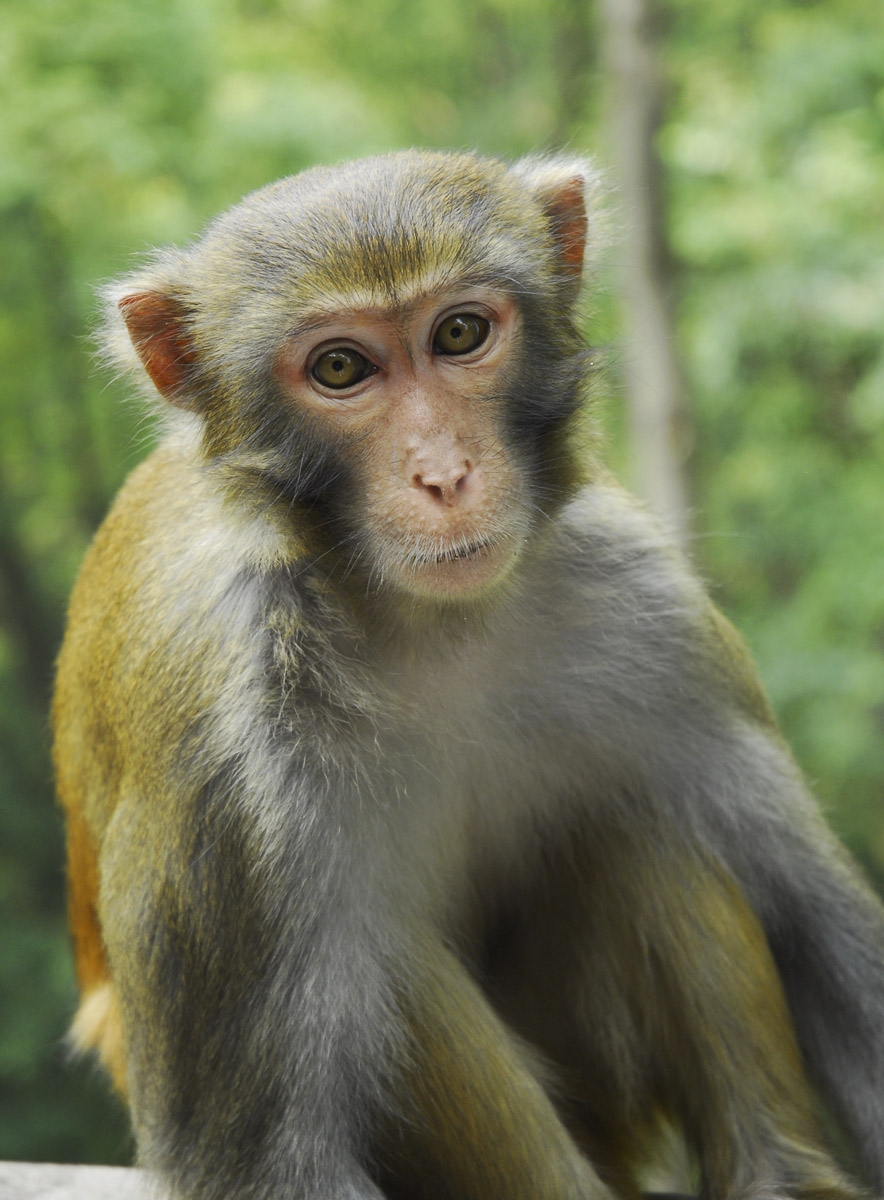 Original color images used to generate the Hybrid Image
Get the MonkeyKing, Monkey
Original color images used to generate the Hybrid Image
Get the MonkeyKing, Monkey
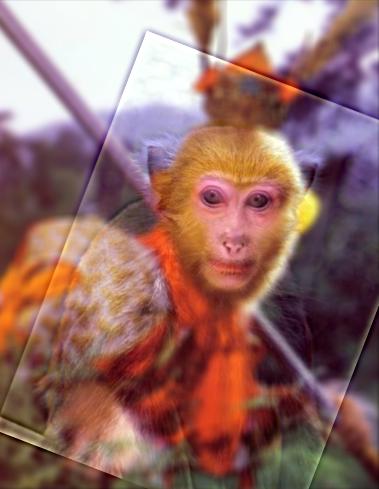
 Same Hybrid Image shown in different size
"Low spatial frequencies lack a precise definition of object shapes and region boundaries, which require the visual system to group the blobs together to form a meaningful interpretation of the coarse scale." (SIGGRAPH 2006 paper, p529)
The high frequency maintains the shapes and edges, in the hybrid MonkeyKing we can clearly see the monkey's face when viewing from a short distance.
Same Hybrid Image shown in different size
"Low spatial frequencies lack a precise definition of object shapes and region boundaries, which require the visual system to group the blobs together to form a meaningful interpretation of the coarse scale." (SIGGRAPH 2006 paper, p529)
The high frequency maintains the shapes and edges, in the hybrid MonkeyKing we can clearly see the monkey's face when viewing from a short distance.In this part we will implement Gaussian and Laplacian stacks, which are kind of like pyramids but without the downsampling.
The frequency domain filters are generated by a gaussian function with different HSIZE and SIGMA. Another way is to filter the original image in spatial domain with different gaussian filters. The laplacian stacks are computed by L_x = G_x - G_(x+1).
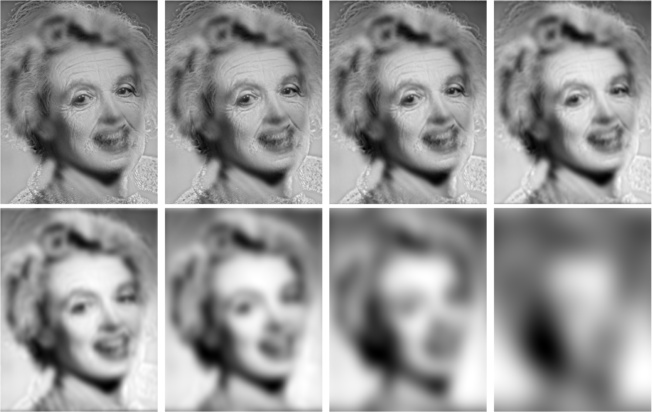 Gaussian Stack
Gaussian Stack
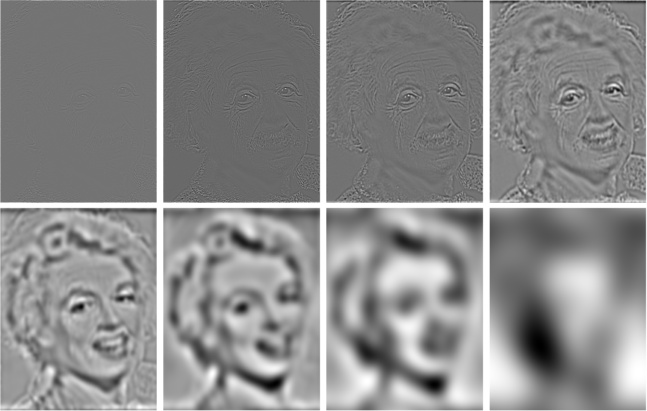 Laplacian Stack
Laplacian Stack
Gaussian and Laplacian Stacks of the Lincoln et Gala
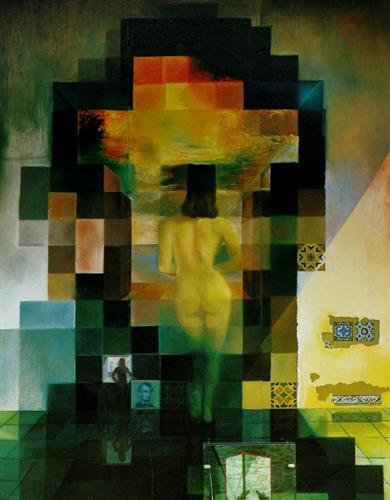 Original Image
Original Image
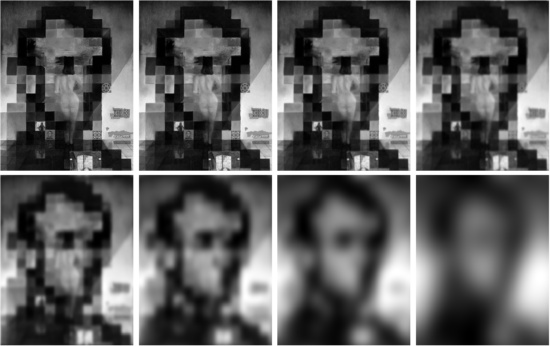 Gaussian Stack
Gaussian Stack
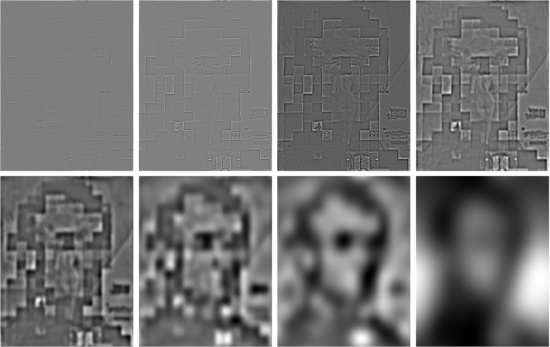 Laplacian Stack
Laplacian Stack
Gaussian and Laplacian Stacks of the MonkeyKing (head)
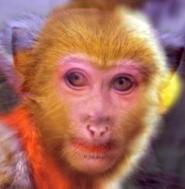 MonkeyKing (head)
MonkeyKing (head)
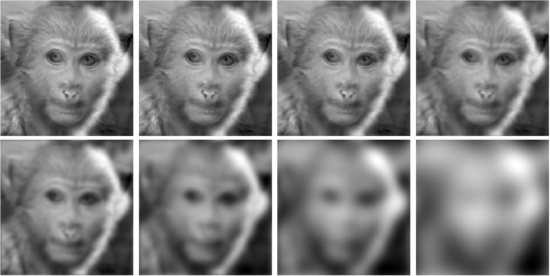 Gaussian Stack
Gaussian Stack
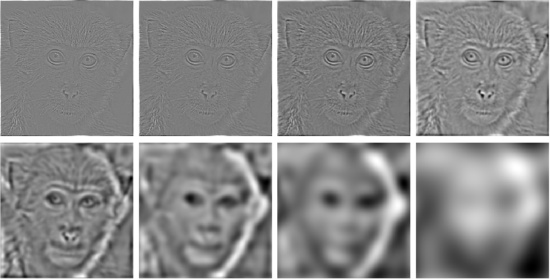 Laplacian Stack
Laplacian Stack
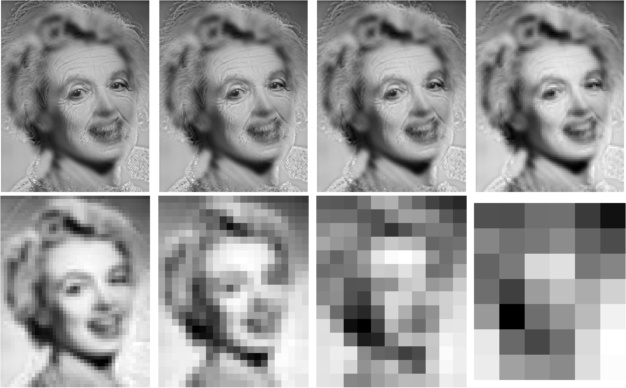 Gaussian Pyramid
Gaussian Pyramid
 Laplacian Pyramid
Laplacian Pyramid
Gaussian and Laplacian Pyramid of the Lincoln et Gala
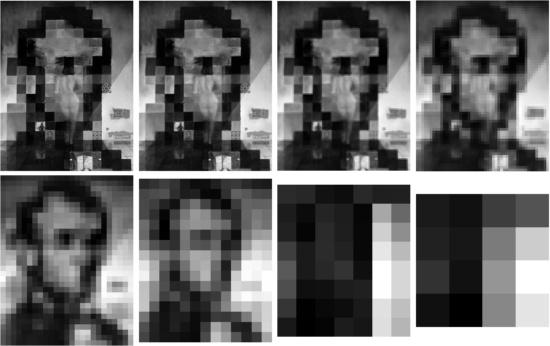 Gaussian Pyramid
Gaussian Pyramid
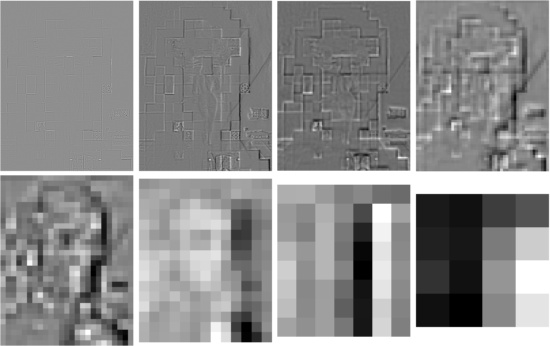 Laplacian Pyramid
Laplacian Pyramid
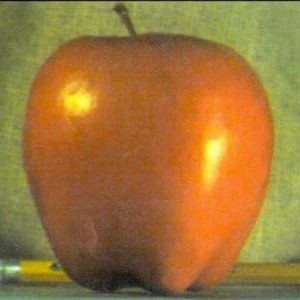
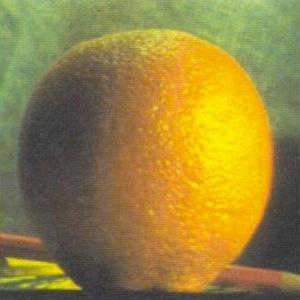
Original Images
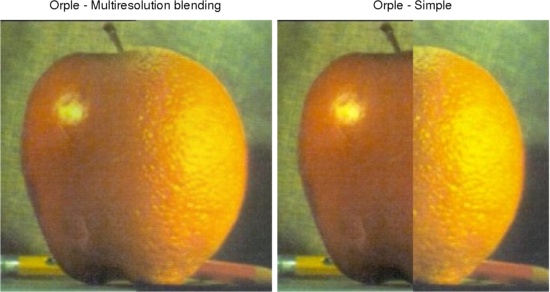
Result of the multiresolution blending and single resolution blending.
| Apple | Orange | Blend | Mask |
 Level 1
Level 1 Level 2
Level 2 Level 3
Level 3 Level 4
Level 4 Level 5
Level 5 Level 6
Level 6 Level 7
Level 7More Results

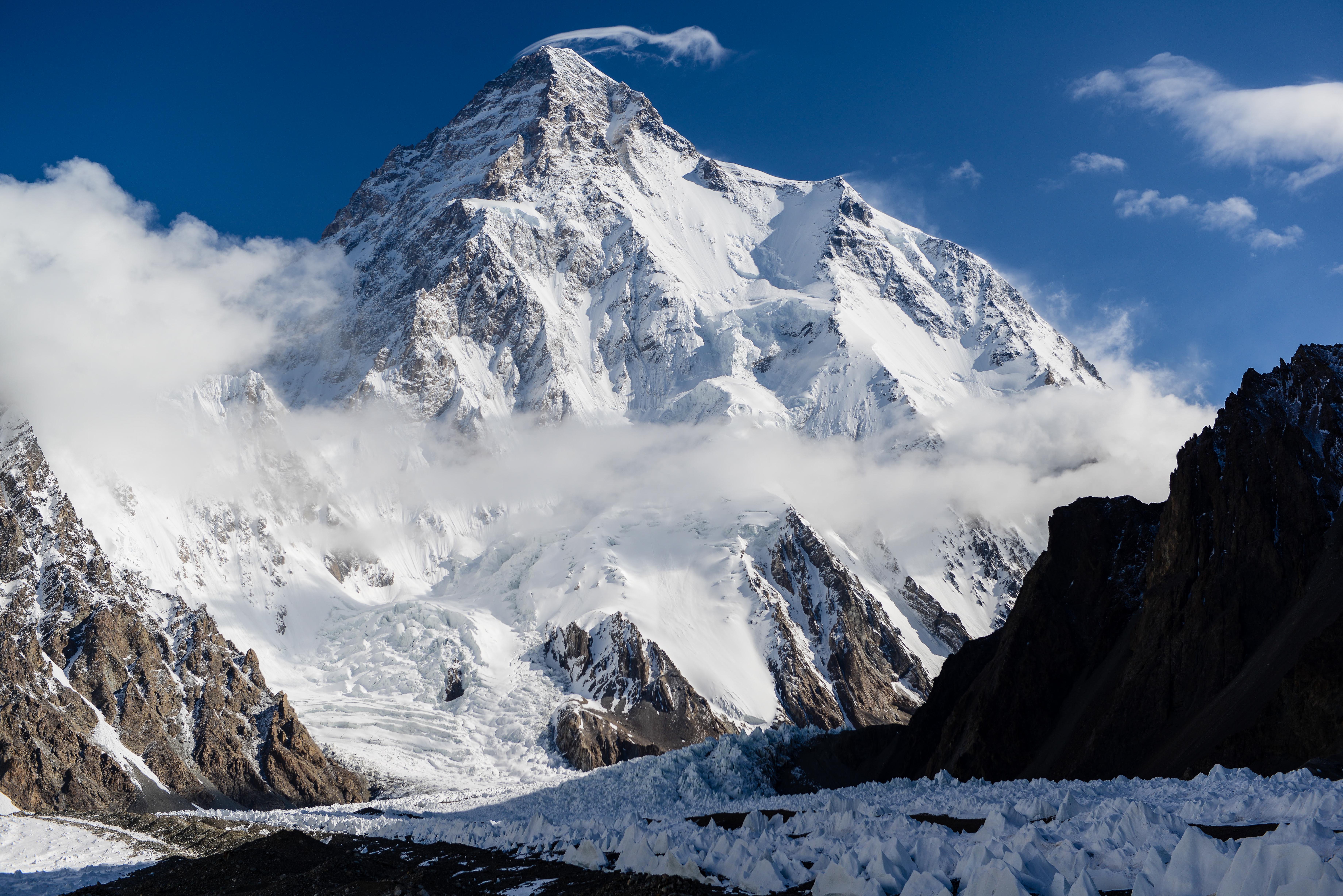
Original Mountain Images
Get the Mountain Left, Mountain Right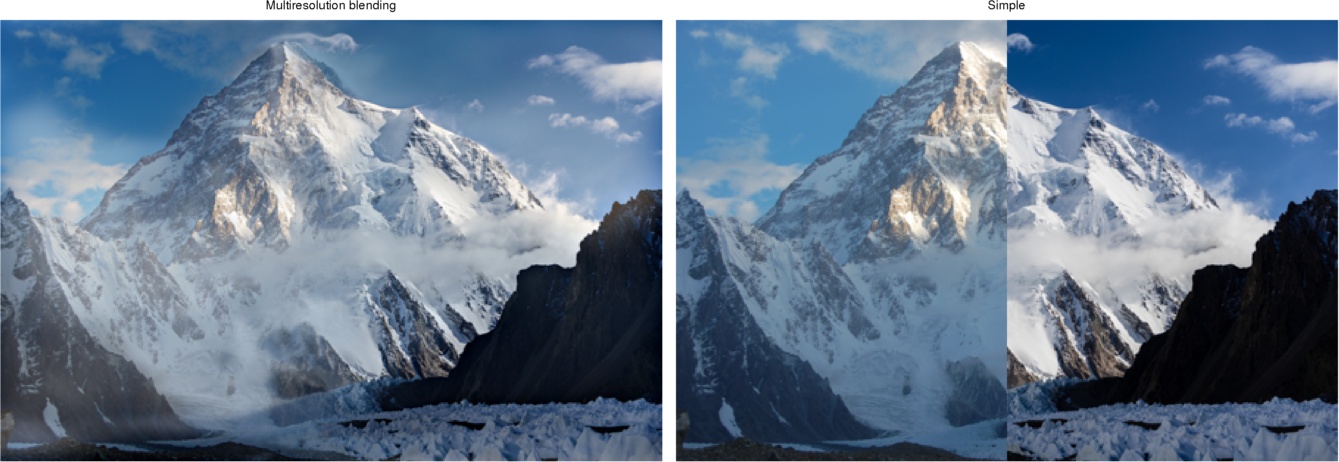
Result of the multiresolution blending and single resolution blending.
My Photo with irregular mask
| My Photo | Image on Internet | Mask |

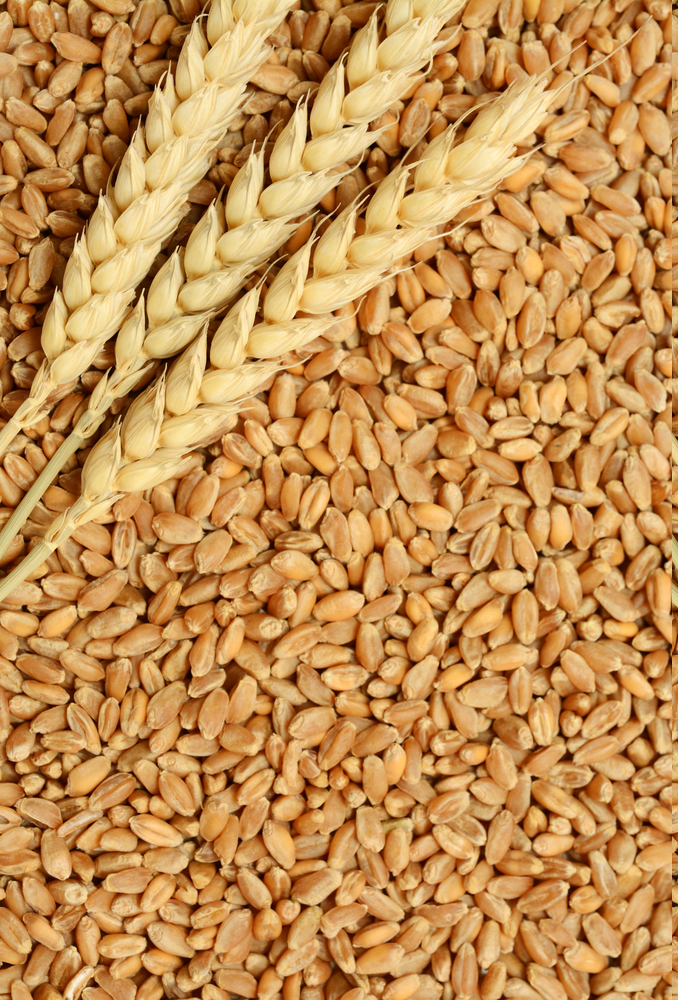
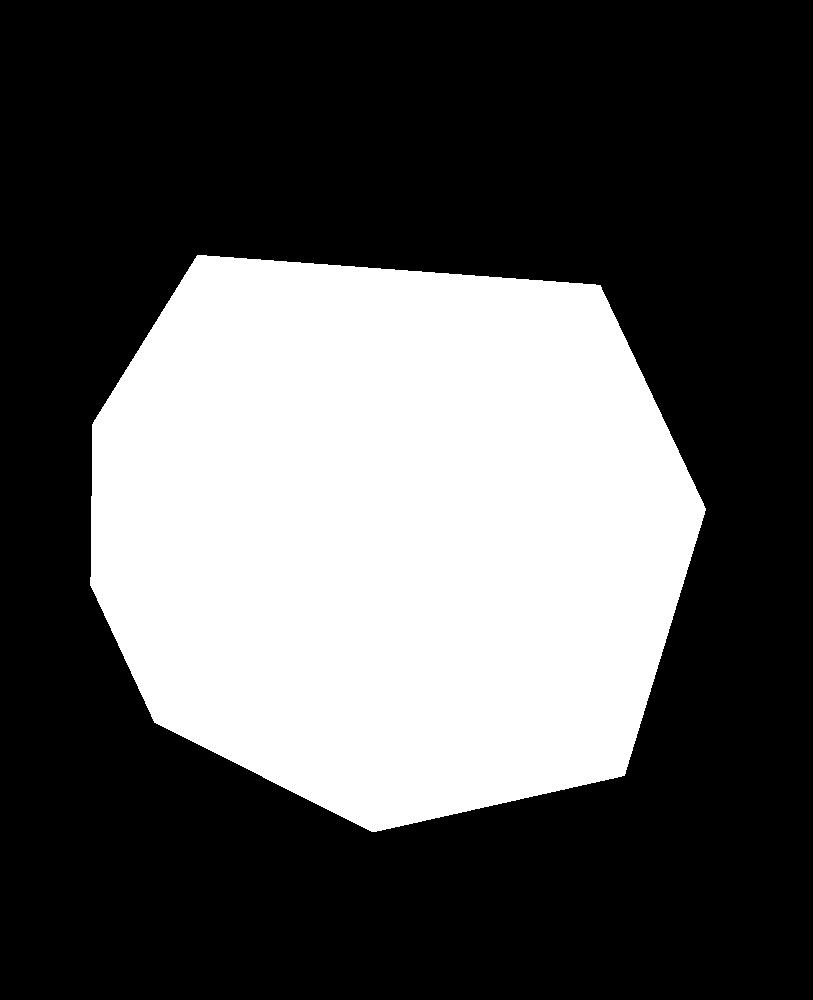
Original Mountain Images
Get the Texture Image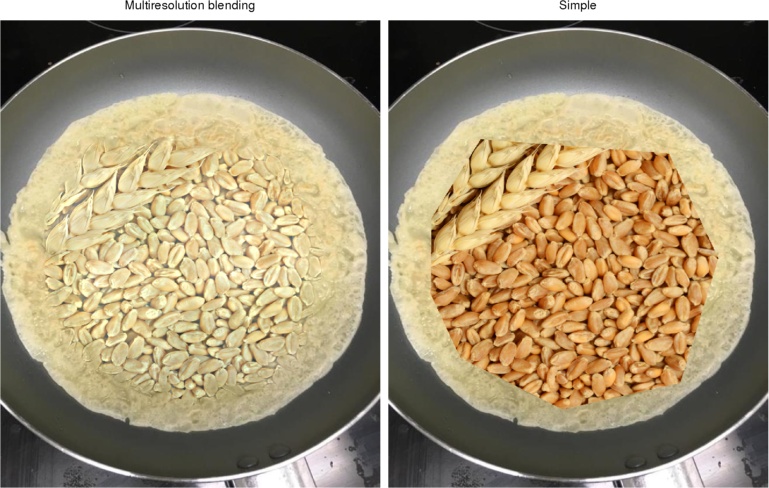
Result of the multiresolution blending and single resolution blending.
| My Photo | Image on Internet | Mask |


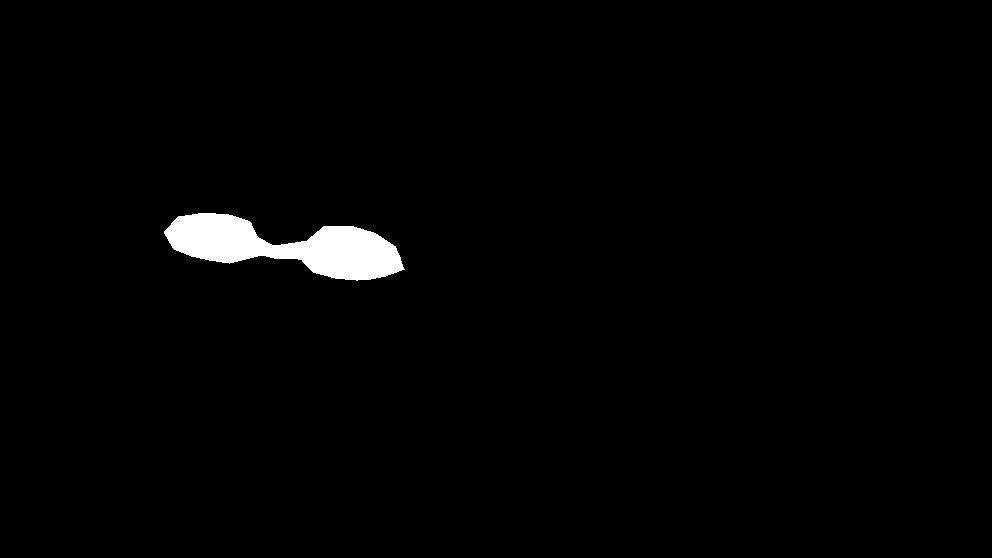
Original Images
Get the Boy Image
Result of the multiresolution blending and single resolution blending.
In this homework, we implemented some algorithms in the frequency domain, including image sharpening, hybrid image, gaussian and laplacian stacks and pyramids, multiresolution blending.